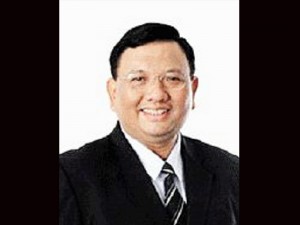A Singapore-based non-government organization is planning to put up “integrated” renewable energy projects that can generate between 500 kilowatts and 10 megawatts in remote off-grid areas in the country.
Energy Secretary Jose Rene D. Almendras said the NGO went to his office to present “total solutions” that would integrate various renewable energy technologies in a single system. The system, he said, would ensure stable power supply in far-flung areas that were presently covered by National Power Corp.’s (Napocor) Small Power Utilities Group (SPUG).
Almendras said the integrated RE developer was looking to put up stand-alone hybrid systems like solar and hydropower facilities that would not be connected to the grid. These are similar to some of the systems already being used in certain SPUG areas.
“This developer is very interested. I asked them to go to the islands, like Palawan, because these are the best places to go to for its hybrid systems,” Almendras said.
“I like the concept. This is the way to go and this [NGO] was able to do a study on how to integrate different technologies into a portfolio so that you achieve a workable economic model,” he added.
SPUG areas are vulnerable to power supply shortages whenever Napocor is unable to secure all the funding requirements it needs. Early last year, for instance, some of the remote and off-grid areas, where the SPUG operates, encountered power supply shortfalls because Napocor was unable to pay its fuel suppliers.
Napocor is largely dependent on the universal charge for missionary electrification (UCME) for funding now that most of its power assets have already been privatized. Napocor was also barred by the Department of Justice from conducting fund-raising activities, such as taking out loans or issuing notes and bonds.
These developments hampered the ability of Napocor to pay its fuel suppliers and put up new facilities in off-grid areas.
Napocor currently operates and maintains 232 small power-generating units with a total generating capacity of about 175 MW. These units serve 214 island and isolated grids and provide electricity to 47 customers consisting of 39 electric cooperatives, seven local government units and one multipurpose cooperative.
